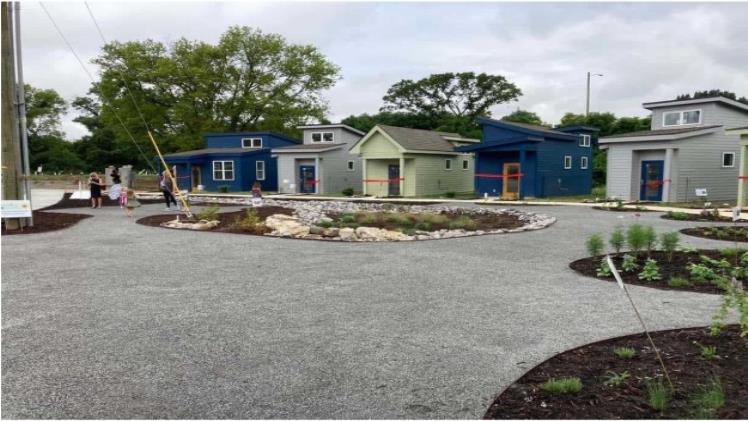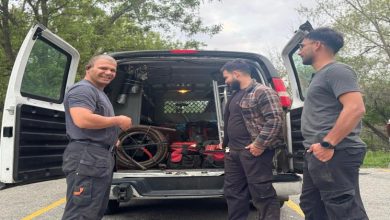Choosing the Right Location for Your Tiny Homes Community

Tiny homes have grown in popularity for their affordability, efficiency, and sustainable living. Building a tiny homes community requires more than just assembling small houses. Location plays a vital role in creating a thriving, happy neighborhood. Choosing the right spot affects accessibility, safety, community spirit, and long-term growth. Every detail matters, from the surrounding environment to local amenities.
Understanding Land Requirements for a Tiny Homes Community
Before settling on a location, consider the land itself. A tiny homes community needs enough space for homes, shared areas, and infrastructure. Flat terrain reduces construction costs and makes utility installation easier. Soil quality is important for drainage and landscaping. Access roads should be durable and safe, accommodating both residents and service vehicles. Evaluating land requirements early ensures a smooth setup and sustainable growth for your tiny homes community.
Assessing Local Regulations for a Tiny Homes Community
Zoning laws and building codes can make or break your project. Some areas are restrictive about small dwellings, while others encourage alternative housing. Check setback requirements, maximum occupancy rules, and utility connections. Permitting processes may vary by county or city. A clear understanding of regulations avoids costly delays and legal issues. Complying with local rules keeps your tiny homes community safe and legitimate while fostering positive relations with neighbors.
Evaluating Community Amenities Around Your Tiny Homes Community
Amenities influence resident satisfaction and long-term success. Proximity to schools, grocery stores, healthcare, and parks makes daily life convenient. Public transportation or major road access adds mobility for residents. Recreational spaces and cultural hubs enrich community life. When planning your tiny homes community, map nearby resources and ensure residents can access essentials easily. Well-chosen amenities enhance livability and encourage a strong, supportive community.
Considering Environmental Factors for a Tiny Homes Community
The surrounding environment impacts safety, comfort, and lifestyle. Check for flood zones, wildfire risks, and soil erosion. Climate conditions affect energy efficiency and building materials. Natural beauty, like nearby forests or lakes, can boost property value and resident satisfaction. Sustainable practices, such as solar energy or rainwater collection, integrate well into a tiny homes community. Environmental awareness creates a resilient and enjoyable place to live.
Exploring Economic Opportunities Near Your Tiny Homes Community
Residents need employment options within a reasonable distance. Cities or towns with growing industries can attract more people to your tiny homes community. Freelancers and remote workers benefit from areas with reliable internet. Local businesses, markets, and services provide additional convenience and social engagement. Assessing economic opportunities ensures your tiny homes community remains vibrant and financially sustainable over time.
Prioritizing Safety and Accessibility in Your Tiny Homes Community
Safety is a cornerstone of any residential area. Check crime rates, emergency services, and traffic patterns. Ensure roads, lighting, and pathways promote accessibility for all residents, including seniors and people with disabilities. Fire safety measures and secure utility systems are essential. Choosing a location with strong safety infrastructure fosters peace of mind and a welcoming atmosphere for everyone in your tiny homes community.
Conclusion
Selecting the perfect location for a tiny homes community involves balancing land quality, regulations, amenities, environmental factors, economic opportunities, and safety. Each decision shapes the overall experience and sustainability of the neighborhood. Thoughtful planning ensures residents enjoy convenience, security, and a sense of belonging. By carefully evaluating every aspect of the site, your tiny homes community can thrive as a vibrant, well-connected, and harmonious place to live.



